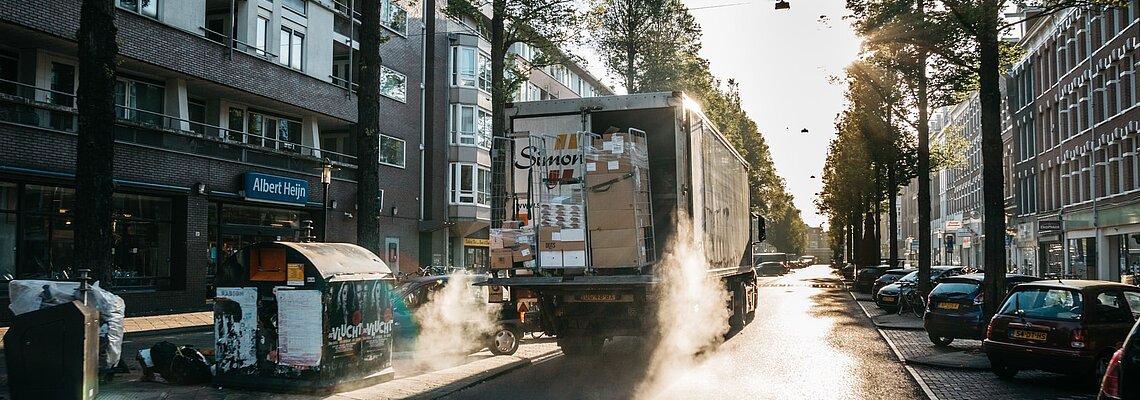
Eco- friendly transport policy vs. annoy the logistics sector
Vienna, Paris, Bogota, Brussels, London, Berlin and many more. The list of cities reads exclusively, and they all have something in common.
One can like environmental zones or not. The fact is that we must and will live with them, because there is simply no alternative to the model. In order to ensure that a minimum distance can be maintained during the slow relaxation of the Corona regulations, an attempt is now being made to make cycling more attractive to the citizens of these cities in order, among other things, to prevent overcrowded local transport.
In London, important traffic routes along the Thames, such as the world-famous London Bridge, are being closed to buses, cyclists and, of course, pedestrians only - cars and even trucks must be kept out. The city has already started the preparations (road markings for so-called "pop-up cycle paths" and minor reconstruction measures) and expects to have taken all the necessary steps in a maximum of six weeks to effectively implement this important project. London is thus following the example of other metropolises mentioned at the beginning. However, whether these environmental and cyclist-friendly measures will be adhered to in a possible post-pandemic period is up in the stars and rather unlikely.
In Hamburg, too, the Jungfernstieg will be closed for several weeks according to a similar model; only buses and delivery traffic will be allowed to pass through. New times are dawning in the centre of Brussels, albeit initially scheduled for a quarter of a year. The so-called Pentagone, as the inner city ring is called, is thus firmly in the hands of cyclists and pedestrians, traffic lights are switched off. Cars, trams and buses may only travel at a maximum speed of 20 km/h - and are also obliged to give way to non-motorised road users. We will hopefully see more of these kinds of city centres in the future. Berlin has recently confirmed that it wants to stick to the pop-up cycle paths even permanently. With all the damage that the Corona Pandemic is causing, reports of such revolutionary advances, which arise directly from a new traffic perception caused by lockdown, are a light at the end of the tunnel.
Some people are pleased with the environmentally friendly transport policy, others are horrified by such visions. Due to increasing traffic restrictions in inner cities, the logistics industry is facing increasing problems. Roads and lanes are becoming narrower and narrower, delivery vans and trucks carrying important goods are competing for the precious space in the city centre not only with the masses of cars, but increasingly also with a large number of cyclists.
Is this what the future looks like after the pandemic?
